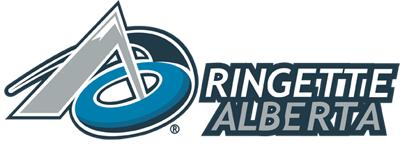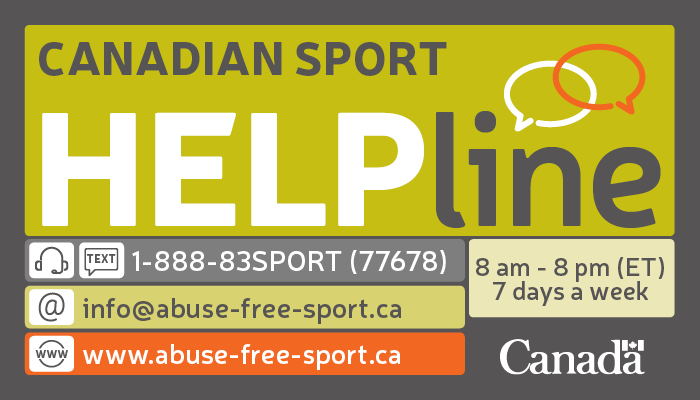Safe Sport
This page will be updated as necessary. If you think something should be added or changed on this page, please email carolyn@ringettealberta.com.
Responsible Coaching Movement
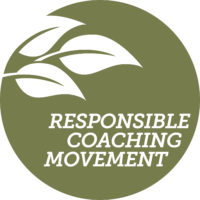 The Responsible Coaching Movement (RCM) is coordinated by the Coaching Association of Canada and the Canadian Centre for Ethics in Sport that has the potential to affect all sports organizations and coaches. The RCM is a call to action for organizations to implement realistic change based on their individual state of readiness.
The Responsible Coaching Movement (RCM) is coordinated by the Coaching Association of Canada and the Canadian Centre for Ethics in Sport that has the potential to affect all sports organizations and coaches. The RCM is a call to action for organizations to implement realistic change based on their individual state of readiness.
The goal is to make sport safer for children and the vulnerable sector. Although advances in athlete protection in the past twenty years have decreased instances of athlete maltreatment in amateur sport, incidents of athlete abuse, harassment by coaches, and risks to athlete safety have continued to occur.
To reduce risk in sport, the Responsible Coaching Movement focuses on three key areas: Rule of Two, Background Screening, and Ethics & Respect Training.
Respect in Sport
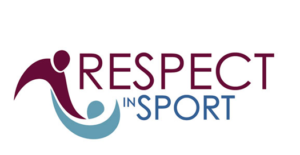 For Parents:
For Parents:
One of the most common reasons coaches, managers, officials, and athletes cite for leaving sport is unacceptable parent behaviour. The Respect in Sport Parent Program will help define a standard of behaviour for all parents and create a more rewarding, safe and respectful environment for everyone involved.
Some associations require all registrants to complete this course upon registration. Contact your local association to find out more.
For Coaches:
The Respect in Sport Activity Leader/Coach Program educates youth leaders, coaches, officials, and participants (14 years and up) to recognize, understand, and respond to issues of bullying, abuse, harassment, and discrimination.
This course is worth 3 PD points for coaches looking to maintain their NCCP certification.
Some associations require their coaches to complete this course as part of their certification process outside of the NCCP courses. Please contact your local association for more information.
Injury Prevention Warm-up
According to the Mayo Clinic, warm-ups “generally involve doing your activity at a slower pace and reduced intensity.” This could include light jogging, doing a few unweighted reps of an exercise, or gradually increasing skating speed. Generally a warm-up should focus on the larger muscle groups and lead into more sport-specific movements towards the end.
A ringette (off-ice) warm-up might look like this:
- 5-7 minutes of light aerobic activity (jogging or fun game)
- 5 mins Dynamic stretching (focused on large muscle groups i.e. leg swings, arm swings, lunges, quad stretches, shuffles, squats, etc)
- 5 mins Sport specific movements (i.e. skating jumps, side-to-side movements, 1 leg stands, starts, hand-eye drills)
- This would be a good time to incorporate specific exercises for athletes recovering from injury; someone might have specific exercises to work on core strength, joint rehab, etc.
Warm-up length and content will vary on age and maturity of the athletes.
FIFA 11+ – A Complete Warm up Program
This warm up program is designed to reduce injuries among football players aged 14 and older. This program takes about 20 minutes to complete. Teams could use this program, or a variation of this program for pre-practice or pre-game warm-ups.
Training and Education
Youtube
Ringette Alberta has worked to provide coach resource videos which can be found on our Youtube Channel.
Making Headway
This is an online e-module series through the NCCP designed to make you concussion smart! These modules can be used for Professional Development points to maintain your certification.
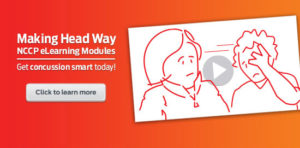
Concussion Resources
Concussion
 Parachute Canada
Parachute Canada
The Canadian Guideline on Concussion in Sport has been developed to ensure that athletes with a suspected concussion receive timely and appropriate care, and proper management to allow them to return to their sport.
This guideline is intended for use by all stakeholders who interact with athletes inside and outside the context of school and non-school-based organized sports activity, including athletes, parents, coaches, officials, teachers, trainers and licensed healthcare professionals.
Go to Parachute Canada to download the Canadian Guideline on Concussion in Sport
Concussion Recognition Tool
All athletes, parents, players, and volunteers should be able to recognise when a concussion may have happened and recognise the basic symptoms. The Concussion Recognition Tool 5 highlights Red Flags indicating emergency medical attention must be sought. It also outlines how to identify a possible concussion after an injury has occurred and explains what the next step should be.
Download the Concussion Recognition Tool 5 here.
Sport Concussion Assessment Tool
The SCAT 5 is a standardized tool for evaluating concussions. The Child SCAT 5 is used when evaluating children aged 5-12 years.
Both of these tools are to be used my physicians and licensed healthcare professionals only. A medical professional (doctor, athletic therapist, nurse, other specialist) may use this tool once the athlete has been removed from play and is suspected to have sustained a concussion. This evaluation is typically done either in a medical setting (clinic, hospital) or in a quiet space away from play. If you are a coach/parent/volunteer, your job is to recognize a concussion may have occurred and remove the athlete from play, using the Concussion Recognition Tool above to determine next steps.
Baseline Testing
Baseline testing is the practice of completing a concussion assessment on an athlete prior to sport participation. The idea is this baseline measurement can be compared to another assessment after an athlete has sustained an injury. As research into concussion and related injury continues, the value of baseline testing as been questioned.
According to Parachute Canada (and other researchers) baseline testing is not required to provide quality care and treatment to an injured athlete. In fact, mandatory pre-season testing is not recommended.
There are specific instances where baseline testing may be necessary such as if a youth athlete has pre-existing conditions such as a history of injury, mental health challenges, or learning disabilities. Those families who have a child who may fit this description should talk to a health care provider about their concerns.
Resources for Parents
Your association or school (or other group) may require a medical clearance letter or doctor’s note before the athlete can return to their typical activities with the group. This template may be used to communicate the athlete’s clearance or limited activity level.
Helmet Fitting and Replacement
“The lifespan of a hockey helmet is not easy to determine, and there are no expiration guidelines for hockey helmets in Canada. Hockey helmets are multi-impact helmets, meaning they are designed to protect against more than one impact but must be replaced when you see the damage.
The recommendation from CSA (Canadian Standards Association) is for consumers to exercise good judgment as to the suitability of a hockey helmet for play. Helmets that are cracked, have loose-fitting or missing liner pieces, or that have been subjected to a severe blow, should be replaced.”
Parachute Canada – Helmets for Winter Activities
Please note in addition to a CSA-approved helmet, ringette athletes must wear a CSA-approved mask compatible with their helmet. The mask must not allow a stick to get through (i.e. large squares in the wiring are not allowed)
Policies
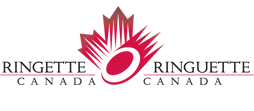 Ringette Alberta does not have a “concussion policy” or a return-to-sport policy. Local associations are encouraged to following Ringette Canada’s Concussion Management Guidelines.
Ringette Alberta does not have a “concussion policy” or a return-to-sport policy. Local associations are encouraged to following Ringette Canada’s Concussion Management Guidelines.
Teams may also want to include Return-to-Sport and Return-to-School strategies in their concussion management procedures.
Phone Numbers
To Contact Alberta Health Link and speak to a Registered Nurse for health advice or to find local services 24/7, call 811. You can also go to MyHealth.Alberta for non-emergency health information.
